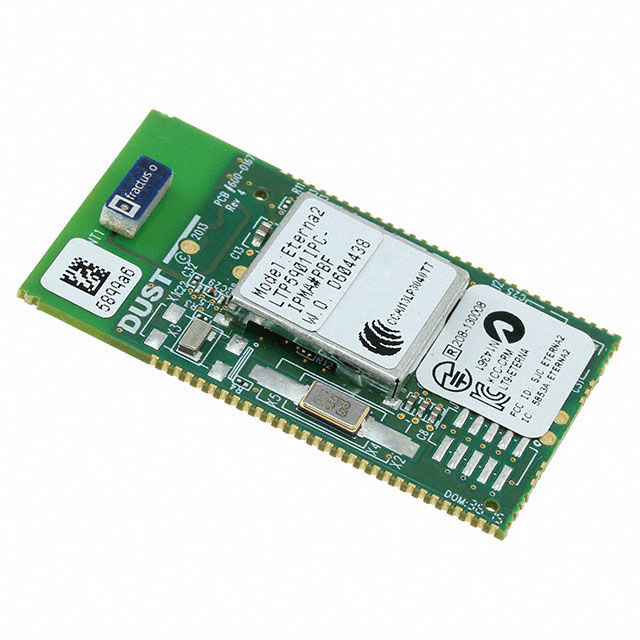Why Are Rubber Grommets a Must-Have for Safe and Neat Cable Installations?
- joddiemarshall6
- May 19
- 4 min read
Rubber grommets might appear insignificant, but in electrical and cable management systems, their role is critical. These compact components serve as protective seals around wires, helping to reduce wear, prevent damage, and ensure longevity. They are instrumental when cables pass through rough, metal-edged panels or enclosures. Without them, cables are exposed to friction, abrasion, and environmental stress—all of which can lead to costly damage or system failures.
This blog will explore how rubber grommets support safe installations, highlighting their importance for cable trays, cable storage, cable covers, and effective cable management. It will also provide guidance on selecting and applying them for optimal results.
What Are Rubber Grommets Used For?
Rubber grommets are circular or oval inserts placed in holes where wires or pipes need to pass through. Their primary function is to protect those wires from sharp surfaces. They’re designed to:
Cushion and insulate cables
Prevent contact with abrasive edges.
Dampen vibrations and reduce movement.
Seal openings against dust or water ingress
Offer an organised and clean cable layout.
Whether used in electrical panels, automotive bodywork, or industrial machinery, rubber grommets add long-term reliability to cable pathways.
How Do Rubber Grommets Support Cable Trays?
Cable trays are designed to organise and support numerous cables over long distances in commercial or industrial buildings. However, the contact points where cables enter or exit the trays are often overlooked. Here's where rubber grommets prove valuable:
They prevent scraping as cables move with vibration or thermal expansion.
They reduce cable tension and distribute weight evenly at entry points.
They protect cable insulation from corrosion and mechanical strain.
They improve airflow in densely packed cable trays by maintaining gaps.
This added protection directly extends the life of the cable system and simplifies future maintenance.
Why Should You Use Rubber Grommets in Cable Storage Units?
Cable storage involves managing spare or temporarily unused cables. Without a smooth barrier at access holes, repeated handling can cause damage to insulation or frayed wires. Rubber grommets help by:
Offering a soft boundary for cable insertion and retrieval
Avoiding sharp bends that could degrade wire performance
Keeping cables organised and easy to identify
Preventing exposure to dust or liquid contamination
In any system that requires secure and repeated access to cables, rubber grommets add reliability and professional organisation.
How Do Rubber Grommets Fit Into Cable Covers?
Cable covers protect cables from external hazards, such as foot traffic, vehicle wheels, or chemical spills. However, the transition points—where cables enter or leave the covers—are often left vulnerable. Integrating rubber grommets at these spots provides:
A tight seal to prevent contaminants from reaching the inner sections
Smoother cable routing, reducing the risk of kinks or snags
Added visual cleanliness and safety in exposed areas
Flexibility that accommodates cable motion without damaging the sheath
Especially in environments like offices, workshops, and construction sites, rubber grommets complement cable covers by ensuring full-system safety.
What Cable Management Problems Do Rubber Grommets Solve?
Cable management isn’t just about organising wires—it’s about protecting, labelling, and safely routing them. Rubber grommets contribute to this by solving common issues:
They prevent cable damage at contact points, thereby reducing the risks of fire and short circuits.
They support neat routing through panels, reducing visual clutter.
They create anchor points to group or separate different types of wiring.
They help maintain system compliance with electrical safety codes and regulations.
A well-designed cable management system, featuring rubber grommets, demonstrates professionalism, enhances system performance, and reduces maintenance costs.
Where Are Rubber Grommets Most Commonly Installed?
Rubber grommets can be found in a wide variety of settings, including:
Server racks and data centres
Control panels and junction boxes
Generators, transformers, and switchboards
Industrial equipment and automation systems
Vehicle dashboards, doors, and engine bays
Their presence is a silent guarantee that the underlying system has been designed with attention to detail and long-term durability.
Types of Rubber Grommets You Can Choose From
Choosing the proper grommet depends on the cable diameter, panel thickness, and the level of exposure to the elements. Popular types include:
Standard rubber grommets for general panel holes
Sealing grommets that block moisture, dust, and vapours
Slotted grommets for pre-assembled cables or retrofits
Reinforced grommets for high-vibration environments
Snap-fit grommets for secure, tool-free installation
Each type serves a unique function, but all work together to support a smoother and safer cable flow.
Best Practices for Installing Rubber Grommets
Proper installation is key to ensuring grommets perform effectively. Consider these practices:
Clean the surface before inserting the grommet to ensure proper adhesion.
Use sizing charts to match grommets with hole diameters and cable sizes.
Select grommets with UV or heat resistance for outdoor or high-temperature applications.
Avoid stretching cables tightly through grommets; allow for the cable to move freely.
A well-fitted rubber grommet not only enhances cable protection but also simplifies upgrades and repairs.
How Rubber Grommets Enhance Workplace Safety and Efficiency
Beyond physical protection, rubber grommets help reduce hazards like tripping, sparking, or overheating caused by damaged cables. In industries where multiple wiring systems coexist—like manufacturing, telecommunications, or commercial lighting—rubber grommets:
Ensure more apparent cable separation for faster diagnostics.
Support insulated transitions through metal enclosures
Reduce downtime from cable-related failures.
Improve the professional finish of electrical installations
They are a small but essential part of creating a clean, compliant, and hazard-free environment.
Conclusion
Rubber grommets play an essential role in protecting and managing cables in modern systems. Their application in cable trays, cable covers, and cable storage offers superior safety, enhanced cable longevity, and improved aesthetics. For any project involving cable routing, installation, or organisation, using rubber grommets is an innovative and cost-effective decision. Although they may be simple, their impact is significant, ensuring that cable management is not only efficient but also safe and future-ready.



Comments